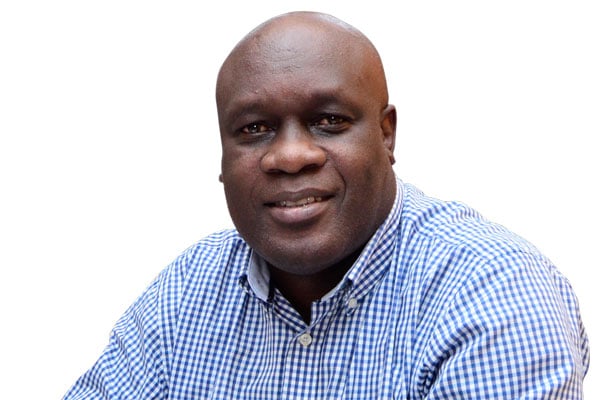Of headlines, miniskirts and why there is no good or bad

Author: Odoobo C. Bichachi is the Nation Media Group (NMG)-Uganda public editor. PHOTO/FILE.
What you need to know:
- Mr Odoobo C Bichachi says: ...there certainly will be as many interpretations to headlines as there are readers.
Research has long established that when a reader opens a newspaper, their attention will be drawn first to the headline, then the pictures/graphics, then captions and finally the text of the story.
This is why in the newsrooms, headlines are crafted by the most experienced editors so they are able to capture the attention of the readers and give them a sense of what to expect should they choose to read the story.
So in short, “It is meant to capture the attention of the reader without, ideally, compromising the essence of the story. Because headlines not only lure, they also direct the attention of the reader. And in doing so, they frame a story. They offer a lens through which to understand it. – https://thereader.mitpress.mit.edu/headlines-journalism/
I have been drawn to the subject of news headlines at this moment because of a rather thought-provoking interface with a reader, first of the Daily Monitor headline of June 24, captioned: “Govt bans using oxygen at home”, and the July 1 headline captioned: “Govt to fix spy chips on all vehicle, bikes”.
The reader’s problem was not the accuracy of the headlines, nor was it the content of the stories. His problem was the choice of words “bans” and “spy”; and the likely interpretation of the headline by the public, the reaction it could induce and the issues sidestepped by – in both cases – by the negative connotation.
Connotation is “an idea or feeling which a word invokes for a person in addition to its literal or primary meaning.”
Headline writing is quite a brain taxing moment. The editor has to ensure that the headline is crisp, short, enticing, interesting and above all accurate! The joke in the newsrooms – and journalism school – is that the best headline is like a miniskirt; “it is long enough to cover the subject, and short enough to arouse interest!” The same has been said of good speeches, but I digress!
So did the above two headlines have anything wrong? Well in journalism, headlines are generally classified as negative, positive or neutral. Perhaps the best way to understand this is to use the concept of a glass of water. The glass is half full is positive. Glass is half empty is negative. Glass contains water is neutral. All three headlines are accurate!
Back to two headlines in question, government bans use of oxygen was indeed negative and sidestepped the important issues the government was trying to communicate, namely that it is dangerous to use oxygen at home as it can be fatal considering that proper monitoring and administering equipment cannot be guaranteed, let alone the quality of oxygen supplied (is it medical or industrial oxygen).
All these issues were well captured in the story but as the reader said, the headline came off as an insensitive government refusing people in dire need to use oxygen at home when hospitals are full! Could “warns” have worked better instead of “bans”?
What about government to fix spy chips? Well, a spy is one that keeps secret watch on a person or thing to obtain information. The word “spy” is therefore inherently negative and connotes secret underhand methods of obtaining information. The alternative word, in the context of the story and the government’s publicly announced programme, is “monitoring chips” (a long word!) so that if one uses a vehicle to commit crimes, they shall more easily traced. Again one focuses on personal right of privacy and another public safety/security.
Yes, media creates frames, interprets and mediates issues for the benefit of the public. The readers is right that framing of headlines and connotations have a bearing on how a message is received by the public, how it is processed, and how it is reacted to.
For instance, are speed governors meant to stop drivers from speeding or to ensure safe travel for motorists and other travellers? The former is an affront on the right of drivers with 3000+ cc of power under their bonnets on a good road while the latter addresses the aspirations of travellers – to move from point A to B in comfort and safety without ending up in a crashed car.
That said, there certainly will be as many interpretations to headlines as there are readers and like Shakespeare wrote in his play, Hamlet, “There is nothing either good or bad but thinking makes it so.”
Send your feedback/complaints to
[email protected] or
call/text on +256 776 500725.



